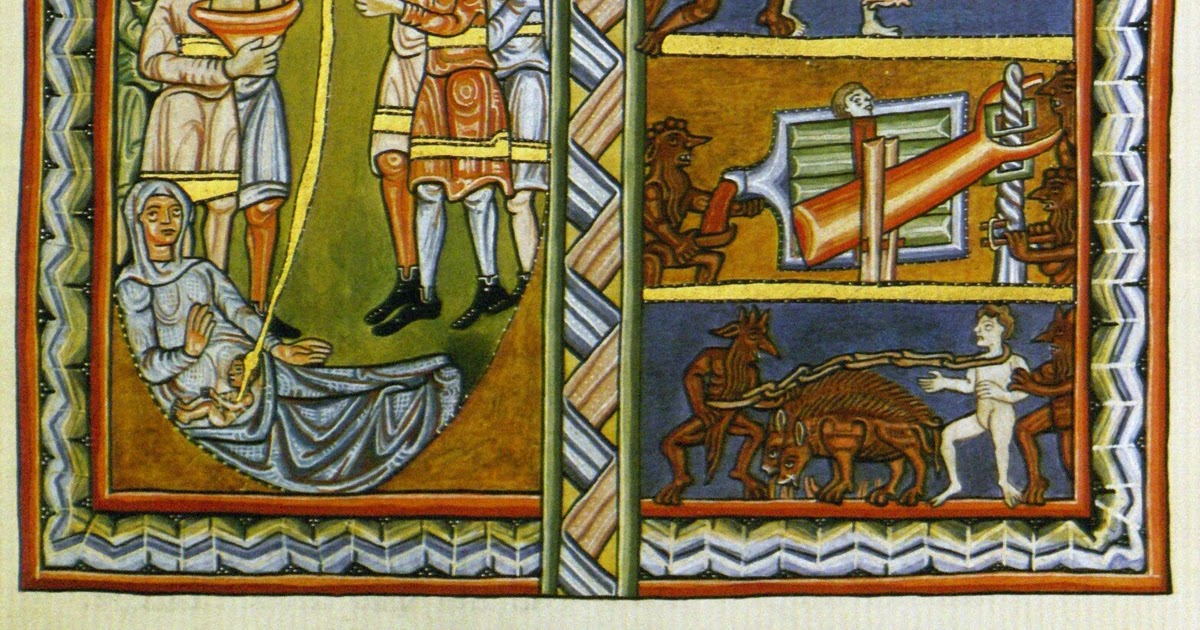
Sep 27, 2017 [1] See a timeline of Mystics and Non-Dual Thinkers throughout history (PDF). [2] Hildegard of Bingen, Scivias 1.2.29. Translation supplied by Avis Clendenen, “Hildegard: ‘Trumpet of God’ and ‘Living Light’” in Chicago Theological Seminary Register 89 (2), Spring 1999, 25. Hildegard - Scivias synopsis (with acknowledgements to Barbara Newman et al.) Book One - The Creator and Creation 1. The mountain of God Hildegard sees the Lord of the universe enthroned as 'angel of great counsel' on an iron-colored mountain, which represents the eternity of his kingdom. The commentary contrasts divine majesty with mortal.
HEALTH and HEALING Hildegard von Bingen. Priscilla Throop. Healing Arts Press. Fournier-Rosset, Jany. 2010 Strehlow, Wighard and Hertzka, Gottfried.

(Folk Wisdom Series). HOMILIES & SERMONS Hildegard of Bingen. Beverley Mayne Kienzle. Cistercian Studies.
2011 LETTERS Critical Editions Hildegardis Bingensis, Epistolarium edited by L.  Van Acker, Corpus Christianorum Continuatio Mediaevalis CCCM 91A (Turnhout: Brepols, 1991) Hildegardis Bingensis, Epistolarium edited by L. Van Acker, Corpus Christianorum Continuatio Mediaevalis CCCM 91A (Turnhout: Brepols, 1993) Hildegardis Bingensis, Epistolarium edited by L. Van Acker and M.
Van Acker, Corpus Christianorum Continuatio Mediaevalis CCCM 91A (Turnhout: Brepols, 1991) Hildegardis Bingensis, Epistolarium edited by L. Van Acker, Corpus Christianorum Continuatio Mediaevalis CCCM 91A (Turnhout: Brepols, 1993) Hildegardis Bingensis, Epistolarium edited by L. Van Acker and M.
Klaes-Hachmoller, Corpus Christianorum Continuatio Mediaevalis XCIB (Turnhout: Brepols, 2001). Regarding Letters Van Engen, John.
'Letters and the Public Persona of Hildegard of Bingen.' Alfred Haverkamp, 375-418. LINGUA IGNOTA Highley, Sarah L. Palgrave Macmillan.
MUSIC Jennifer Bain. Journal of Music Theory 52/1 (2008), 123-149 [issued 2009] Jennifer Bain. The Sounds and Sights of Performance in Medieval and Renaissance Music: Essays in Honour of Timothy J. McGee (Ashgate, 2009), 253-273. Jennifer Bain. McGill University: Montreal.
Full text of ' PENGUIN CLASSICS HILDEGARD OF BINGEN: SELECTED WRITINGS HILDEGARD OF BINGEN was born into a noble family in Bermersheim in 1098. At the age of eight her family gave her into the care of a religious noblewoman, Jutta of Spanheim, who took Hildegard with her to become a recluse at the Disibodenberg monastery. Some time between 1112 and 1115, when the monastery became a convent, Hildegard took religious vows. After Jutta’s death in 1136, Hildegard was elected abbess at Disibodenberg. At this time she started to write about the visions she had been experiencing. Her first work, Scivias, appeared with Papal approval in 1151, just after she had established her own religious community at Rupertsberg, near Bingen. Her collection of religious songs, the Symphonia, appeared in 1158.
Most Viewed Pages
- Dom Kennedy From The Westside With Love 2 Zippyshare
- Rukovodstvo Po Ekspluatacii Mtlb
- 1s 83 Patchim Fajl Backbas Dll
- A New Theory Of Urban Design Christopher Alexander Pdf
- Grundig Serial Number Calculator
- Xforce Adobe Cs6 Keygen Invalid Request Code Cs6 Torrent
- Stronghold Torrent Pirate Bay Se
- Drajvera Dlya Epson Tx650 Windows 10
- Sony Sound Forge 10 Vocal Eraser Plug In Download
- Visual Assist 109 Keygen
- Download Software Magone A8 Radio
- Rukovodstvo Dlya Televizora Jvc Av B21t
- How To Dropbox Files With Idm Download